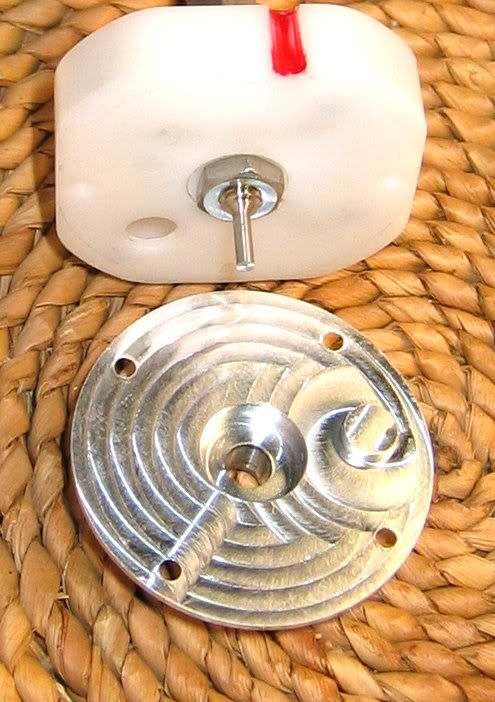mrQQ
Enlightened
(sorry guys, I saw there's a separate subforum for this, but I want to draw some attention, since I want some ideas! you can move later..)
here's what just happened to me...
I took out my Ele II 8x emoli 18650 + Osram 24v 250w bulb out to the yard. Was a nice evening - snowing, cold outside. Wanted to test its light output. I spent like 20 minutes outside. Shined it for mere seconds though.
I came back to room. Flashlight was reasonably cold. Shined it for like a minute inside. Thought that it was a bit low on output so decided to check for voltage on battery holder. Took my multimeter and it was reading 31.8v.. all fine here.. while all of sudden fire went out of FM 8x18650 holders charging jack! Oh my dear god, what just happened! Rushing, I put the holder on the ground, and then I heard familiar psshhiing of chemistry emitting from one of batts!!! Gosh, I picked up the holder, rushed to bathroom, threw it into bath tube and with shivering hands unscrewed battery holder and let all the battery goes.. by that time already 3 batteries were emitting chemistry and ALL of them had their shrink wrap torn apart!!
whaaaat the held just happen?? did the battery holder somehow shortcircuit them after fire went out of it??
oooh my dear, there goes 160ish$ worth of investment!
here's what just happened to me...
I took out my Ele II 8x emoli 18650 + Osram 24v 250w bulb out to the yard. Was a nice evening - snowing, cold outside. Wanted to test its light output. I spent like 20 minutes outside. Shined it for mere seconds though.
I came back to room. Flashlight was reasonably cold. Shined it for like a minute inside. Thought that it was a bit low on output so decided to check for voltage on battery holder. Took my multimeter and it was reading 31.8v.. all fine here.. while all of sudden fire went out of FM 8x18650 holders charging jack! Oh my dear god, what just happened! Rushing, I put the holder on the ground, and then I heard familiar psshhiing of chemistry emitting from one of batts!!! Gosh, I picked up the holder, rushed to bathroom, threw it into bath tube and with shivering hands unscrewed battery holder and let all the battery goes.. by that time already 3 batteries were emitting chemistry and ALL of them had their shrink wrap torn apart!!
whaaaat the held just happen?? did the battery holder somehow shortcircuit them after fire went out of it??
oooh my dear, there goes 160ish$ worth of investment!


